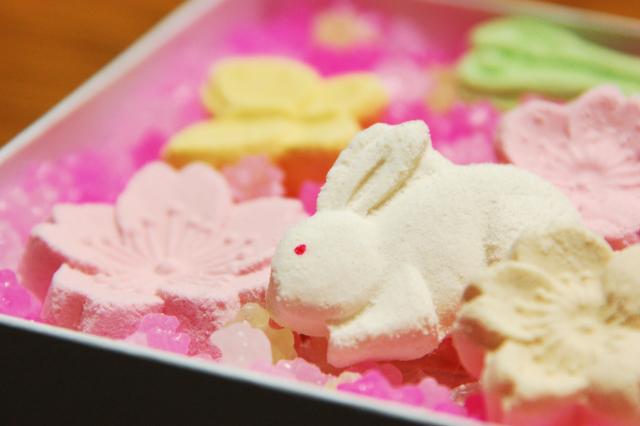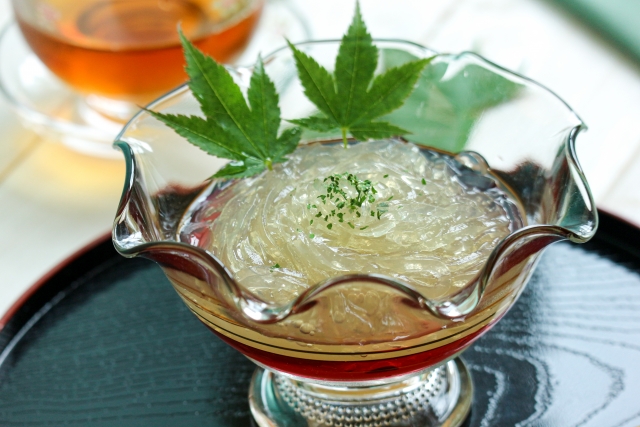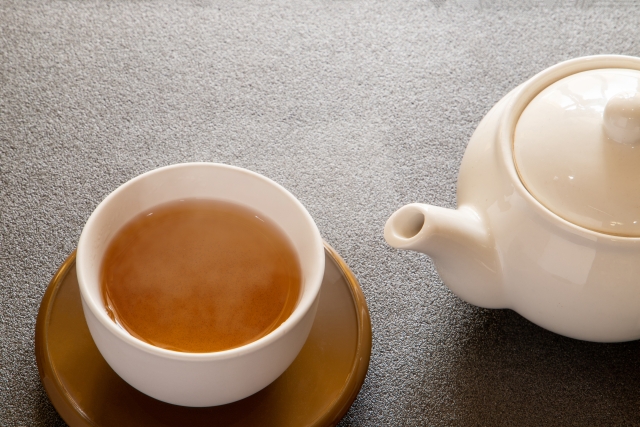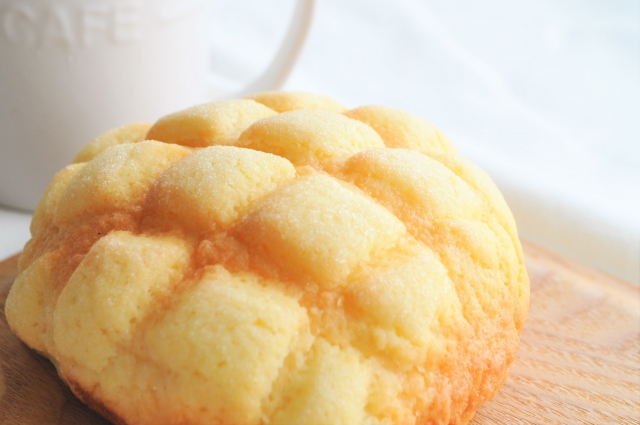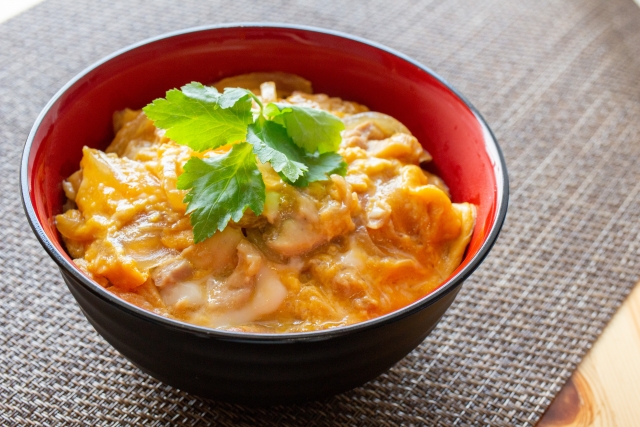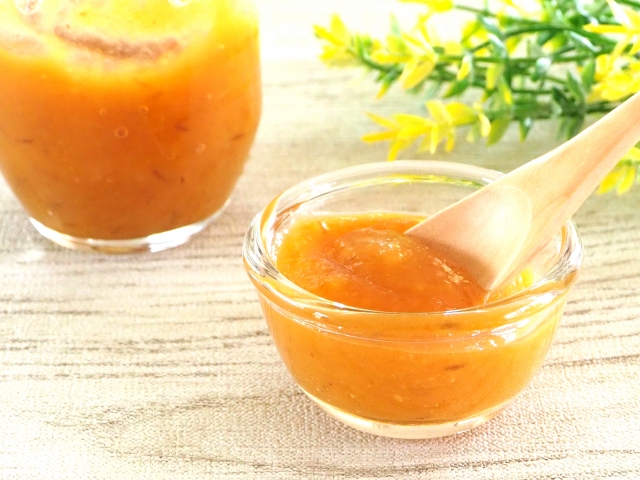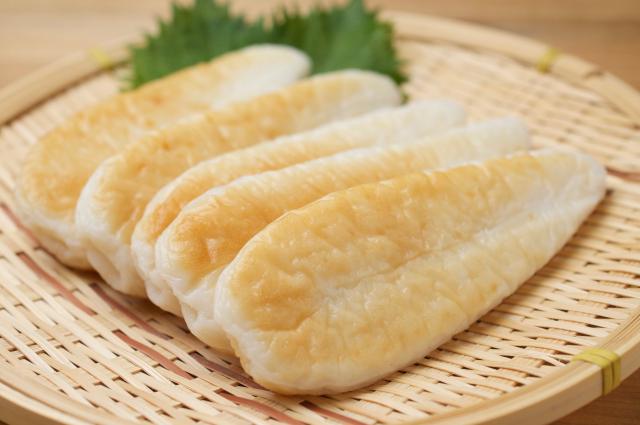
There are many types of Japanese fish cake (Kamaboko). There are also various types of steamed kamaboko, such as grilled kamaboko and boiled kamaboko ... there are many different types of cooking, Kamaboko. it's interesting.
Different Japanese Fish cake (kamaboko) classification list
Steamed kamaboko
Kelp roll kamaboko

● Fish species: Walleye pollack, Guchi
●Characteristics: Toyama is particularly famous. Steamed kamaboko without board made of minced fish wrapped in kelp. The kelp and fish taste are in harmony and the flavor is good. There is also "Akamaki," which is made by making skin from colored surimi instead of kelp and winding it up. The canapé-style with sliced salmon roe and cheese instead of bread is also delicious.
Sumaki kamaboko

● Fish species: esophagus, crocodile, tiger goby
● Characteristics: Special product of Chugoku and Shikoku regions. Steamed fish paste wrapped in straw without a plate. The surface is wavy, has little sweetness, and has high elasticity. Depending on the area, it may be called "Tutomaki". You can enjoy thinly sliced olive oil, finely chopped basil and black pepper to enjoy a perfect wine dish.
Steamed plate kamaboko
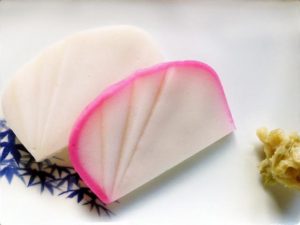
● Fish species: Guchi, Eso, Walleye pollock
● Characteristics: A plate with seasoned minced meat and steamed. Heating with steam has been from the Edo era, and today I think of kamaboko, or kamaboko with plate. It's made all over Japan, but Odawara Kamaboko is especially famous as a representative of the Kanto region.
Steamed grilled kamaboko

● Fish species: Guchi, sea eel, walleye pollock
● Characteristics: Kamaboko, which is the most popular in the Kansai region. Steamed plate Kamaboko with mirin etc. applied to the surface and a dark brown color. Good balance between the deliciousness and sweetness of fish. It goes well with sardines and dogs, as well as dishes such as kakiage and tempura that use oil.
Grilled Kamaboko
Bamboo kamaboko (Sasa kamaboko)

● Fish species: Pheasant, Walleye pollock
● Characteristics: Miyagi's specialty. Especially when it comes to Sendai, it is said to be Sasa Kamabo. Baked kamaboko made from ground surimi into sasa leaves. The surface is a beautiful fox color, soft and crisp. It is generally eaten as it is, but it is also delicious when sandwiched with cheese, baked, or fried to tempura-style.
Namba Yaki
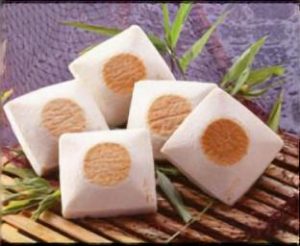
● Fish species: Eso
● Characteristics: A special product of the Wakayama region. A square grilled plate kamaboko without a plate. Bake in a square pan. It is said that this name was given because the burned color in the center resembles the color of the sardines. It is popular to eat as it is, but it is also Otsu to eat with wasabi joyu.
Baked Kamaboko

● Fish species: Guchi, Eso, sea eel
● Characteristics: A special product of the Keihanshin region. Sake-cooked kamaboko that is heated by simply baking it without steaming. Especially in the Kansai region, it is called "tempered kamaboko". Since it heats from the plate surface, the plate is browned. There is a rich umami.
Ume-shaped grill

● Fish species: Guchi, sea eel
● Characteristics: A specialty of Osaka. Baked kamaboko with eggs baked in a plum shape with a mixture of egg and sugar. It has a light texture in the shape of plum blossoms and is sweet. In the Kansai region, it is widely used in Osaka sushi and sushi peels. Add cream cheese to make a fashionable hors d'oeuvre.
Datemaki

● Fish species: Guchi, sea eel, walleye pollock
● Characteristics: Mix egg and sugar into minced meat, put in a square shape, bake, and wrap it in the shape of "no" with bamboo blinds. It's thick that it's baked and not caught. Date rolls are widely used in the Kanto region, and thick oysters are used in the Kansai region. Especially popular for New Year cooking.
White grilled kamaboko
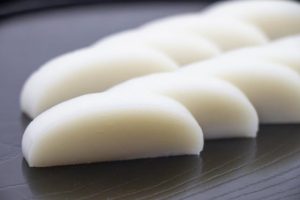
● Fish species: Eso, small die
● Characteristics: Yamaguchi region special product. White punched plate kamaboko with no brown color.
After heating, it cools at room temperature, so clean crepe wrinkles are formed on the surface. It is the most popular to eat as it is, but it goes well with foods such as sea urchin ale and dog seeds.
Chikuwa, Flavored fish kamaboko
Baked Chikuwa
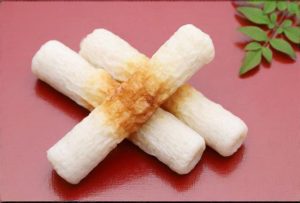
● Fish species: Guchi, Eso, Walleye pollock
● Characteristics: Toyohashi in Aichi is famous. Wrap the minced meat around bamboo and bake. It is common to eat as it is. The blister-like brown color made in the Tohoku region is called Botan-yaki Chikuwa, which is suitable for stewed dishes because it does not become hard even when boiled. It has a wide range of uses, such as grilled rice cakes and dares.
In addition, there is "white chikuwa" which is a kind of "boiled chikuwa".
Crab flavored kamaboko(Kanikamaboko)

● Fish species: Walleye pollock
● Characteristics: A product that is shaped like a crab meat and enjoys the flavor of a crab. It is popular overseas because of its colorfulness and healthyness, and there are many exports. There are leg meat, crab claw style, and flakes. It can be used as it is for beer snacks, salads, gastronomical dishes, yakisoba and ramen ingredients.
There are also scallop-flavored kamaboko and shrimp-flavored kamaboko.
Boiled fish kamaboko
Suji

● Fish species: shark, croaker, sea eel
● Characteristics: Boiled fish paste made from muscles and cartilage that have been removed by lining when making fish surimi. You can enjoy the crunchy texture of cartilage and the chewy texture of muscle (collagen) at the same time. It is often used for stewed dishes such as pots and oden seeds, as well as boiled vegetables.
Naruto roll
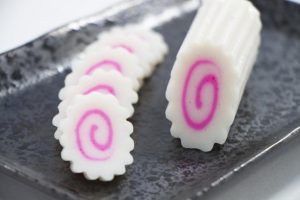
● Fish species: Walleye pollack, Guchi
● Characteristics: Many products made in Yaizu. Boiled fish paste with a spiral cut end. It is said that this name was given because it looks like a vortex of the Naruto Strait. In addition to being used as an ingredient in Chinese cuisine such as ramen, it is also popular as a ingredient for steamed steamed rice and stewed udon.
Tsumire

● Fish species: sardines, saury, horse mackerel
● Characteristics: It is also called a "glove holder" because it is boiled by picking the minced meat and putting it in hot water. Boiled fish paste that is made by dumpling the paste into the shape of a dumpling to improve the street of the fire. It has a rich fish flavor and is suitable for stewed pan and oden dishes. It is also used for dogs such as miso soup.
Black hanpen

● Fish species: mackerel, sardines
● Characteristics: Yaizu is a specialty. Boiled fish paste shaped like a half moon. Red fish is the raw material, so the color is black but the fish has a rich flavor. In Shizuoka, combed sashimi is used as oden seeds and then sweet miso soup, aonori, and bonito flakes are eaten. It's also delicious when sown, roasted, or fried.
Hanpen

● Fish species: Blue shark, Mako
● Characteristics: The production areas are Tokyo and Choshi. A boiled fish paste like pure white marshmallow with lots of bubbles wrapped in ground meat and yam. Very soft and pleasant. It is said that this name came from the fact that it was created by Hanpei, a Suruga chef. Besides oden seeds, it is delicious to eat as it is.
Fried kamaboko
Gobou-ten

● Fish species: Walleye pollack, escort, sea eel
● Characteristics: Fried kamaboko wrapped in ground burdock and ground in oil. There are also products in which vegetables such as carrots and green beans, squid, shrimp and boiled eggs are wrapped in place of burdock. In addition to Oden seeds, it is also delicious to quickly grill and eat with wasabi and ginger soy sauce.
Jako-ten

● Fish species: firefly jaco, mullet
● Characteristics: Ehime Uwajima region special product. It is a thin fried kamaboko and is also called "skin tempura." Made with fresh Jacob skin and bones, it is black in color and rich in calcium. Not only is it baked quickly to make sake, but it is also chopped and cooked for rice. It's also a surprisingly good sandwich ingredient.
Shiro-ten
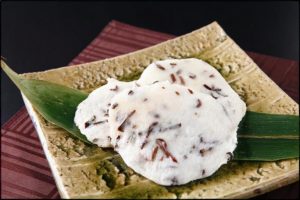
● Fish species: Guchi, sea eel, walleye pollock
● Characteristics: White fried kamaboko made in Keihanshin, especially Osaka. Since it does not have a fried color, it does not contain sugar and sugar such as mirin. Fry at low temperature for a white finish. Some products are fried with finely chopped kelp and fungus. It is also useful as a tool for mischief and dares.
Satsuma fried
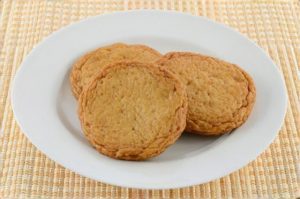
● Fish species: walleye pollack, esophagus, gucchi
● Characteristics: Fried kamaboko called "tsukeage" in the special product Kagoshima, "satsumaage" in the Kanto region, and "tempura" in the Kansai region. Because the minced meat is fried, the flavor is rich. In addition to pots and oden seeds, they are quickly baked and eaten with ginger and horseradish soy sauce, and used for pottery and stew.
In addition, there are "tsukeage" and "chikiagi".
